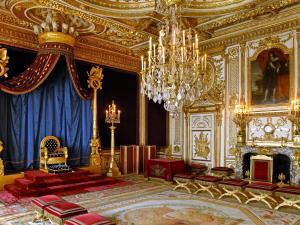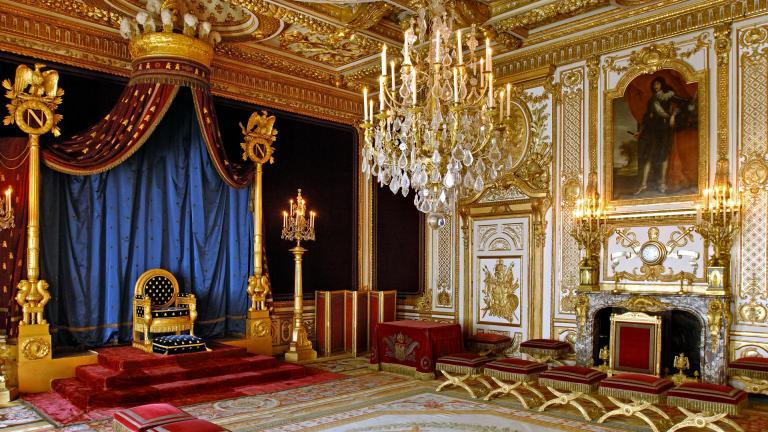Exhibition
"A Palace for the Emperor. Napoleon I in Fontainebleau"

From to
Château de Fontainebleau
Modalités : Entrance with the entrance ticket to the castle
Tarification : €13
During the First Empire (1804-1815), Fontainebleau experienced a particularly sumptuous period, with a new lease of life brought to the palace - which had been left vacant and stripped of its furnishings in the wake of the Revolution - and the glorious life taking place.
It was the start of a second renaissance. Over the course of his stays in the palace (1804, 1807, 1809, 1810), which were high in political and family events, the Emperor's deep attachment to the palace was evident.
By having the former house of the kings of France restored at great expense, under the leadership of architects Charles Percier and Pierre-François-Léonard Fontaine, the Emperor demonstrated how he wished to restore the site to its eminent place among the other imperial residences, such as the Tuileries, Saint Cloud, Compiègne and Rambouillet.
The roofs were rebuilt, the interior decorations were restored, the apartments were extensively refurbished, the theatre was renovated, the Louis XV wing was fitted out for the princes, the gardens were redesigned in contemporary taste. Despite this constant activity, his work as a restorer, which was carried out with great respect for the palace, is still hard to define, especially since his contributions were partly erased during successive regimes, particularly during the Bourbon Restoration.
The aim of the exhibition is to highlight Napoleon's work at Fontainebleau and to analyse the way in which the Emperor invested the palace. Over 200 pieces from the Fontainebleau collection (collections, libraries and archives), and from French and foreign public collections, reveal Josephine's sumptuous arrangements, the luxurious palace furniture, the Emperor’s extraordinary library, the transformation of the François I gallery and the major projects which were abandoned after the fall of the regime.
The exhibition will be built around varied subjects such as architecture, painting, sculpture, gardens, decorative arts, libraries, and will also illustrate the "great history of France".
